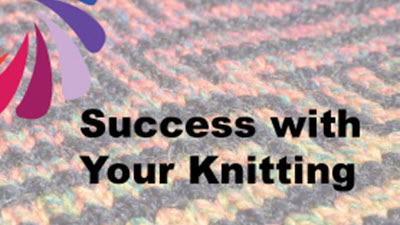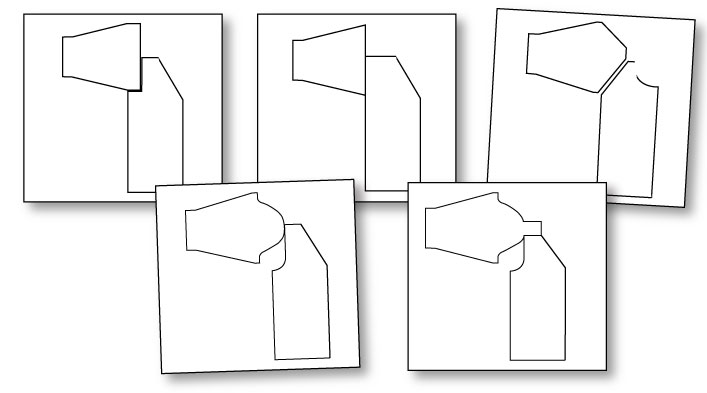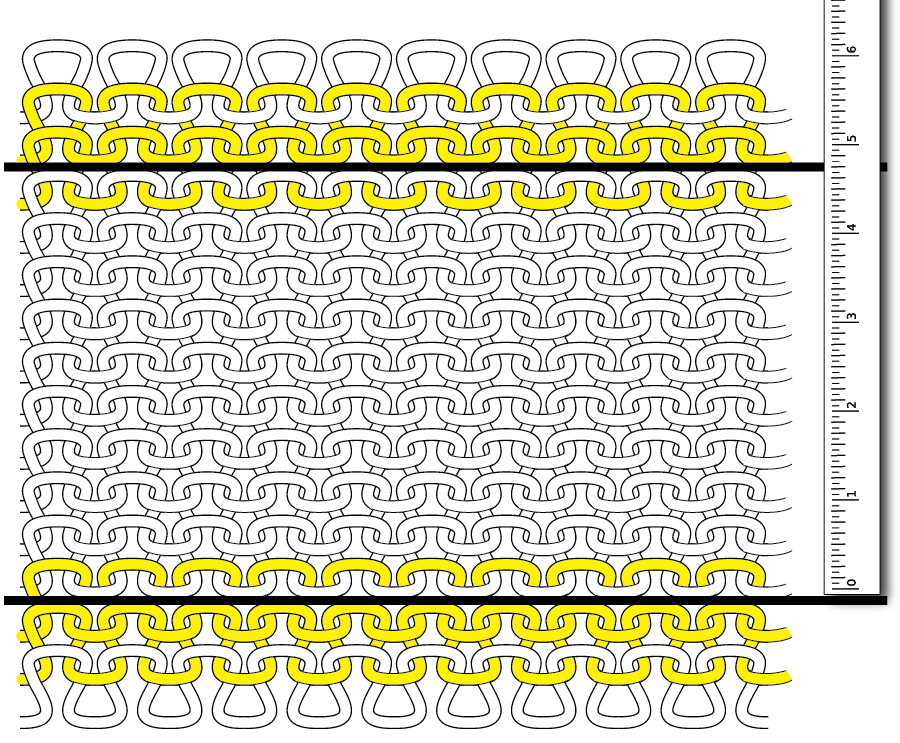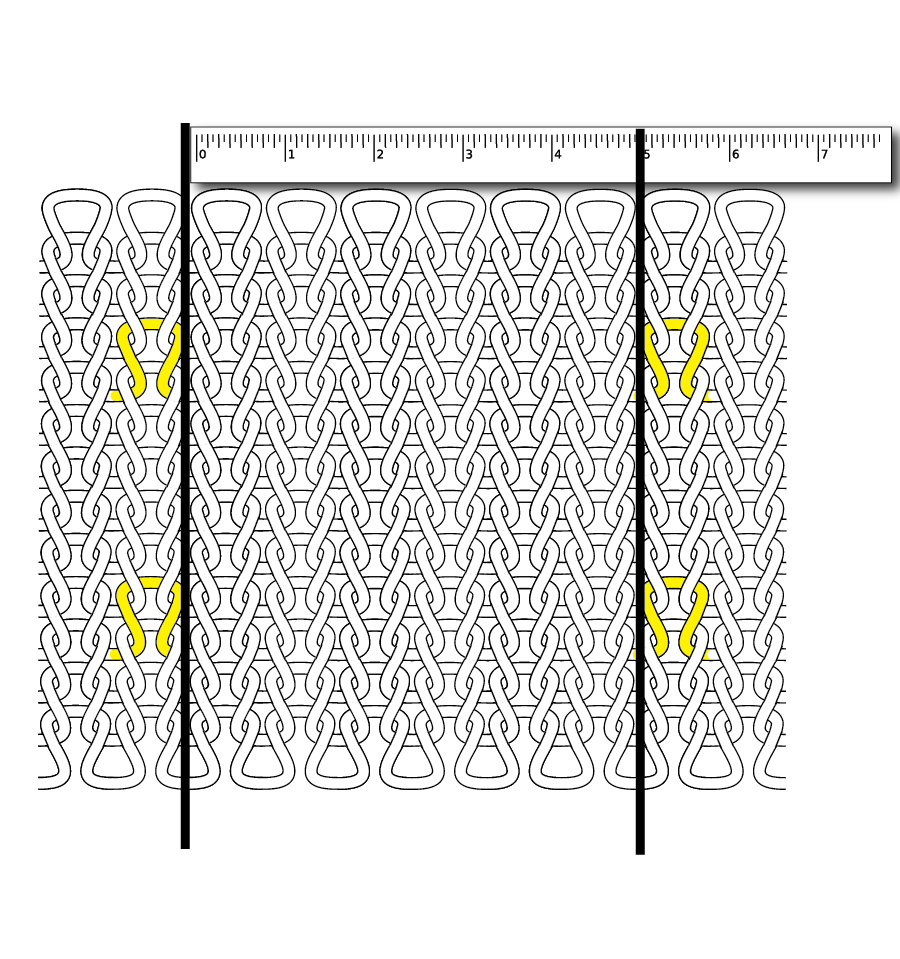3Choose the Right Yarn
Be sure to work with your chosen yarn in advance to confirm that it is appropriate for your machine and for your project (Don't get part of the way through a project and realize that you chose a "problem yarn" that breaks, splits or
Biases )
Obviously you are going to swatch, but try some stitch transfers to see if it is going to be tricky. Some yarns (like cotton) have no stretch or they are loosely twisted and are difficult to hand manipulate.
Have you washed your swatch like you will treat the final garment? Nothing worse than spending hours knitting something beautiful to have it fall apart, stretch or pill when washed.
Washing will also reveal if the yarn is color-fast.
I once knit a hot pink and white striped sweater. After Wet Blocking , it was hot pink and pastel pink stripes.
Does your machine "like" the yarn? Cotton, thick 'n thin, and slippery yarns (and yarns with no stretch) can be problematic for some machines. Better to find out before you start your sweater. Sometime loosening up the tension can help. But why struggle through an entire sweater with problem yarn?
Donate it, use it for hand knitting, consider using it plied with another yarn or for
Lay-In | Knitweave .







